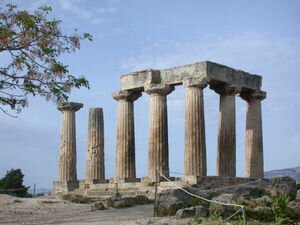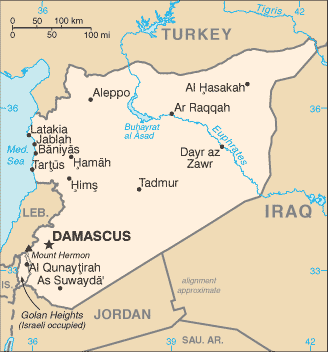 The evangelical Protestants of the 19th century, considered the inventors of the term "Cradle of Humanity," made claims that the term originated in Mesopotamia in the 2nd century, and that it was used by early non-Christian Arabs, to refer to a geographic area that falls within a 1,000 mile radius of the spot they believed to be the birthplace of humankind. No documentation of such a historical use has been forthcoming. Nevertheless, the term has been used not only in religious, but also in secular contexts, and may therefore refer to different locations, depending on the views of the user.
The evangelical Protestants of the 19th century, considered the inventors of the term "Cradle of Humanity," made claims that the term originated in Mesopotamia in the 2nd century, and that it was used by early non-Christian Arabs, to refer to a geographic area that falls within a 1,000 mile radius of the spot they believed to be the birthplace of humankind. No documentation of such a historical use has been forthcoming. Nevertheless, the term has been used not only in religious, but also in secular contexts, and may therefore refer to different locations, depending on the views of the user. Creationist View
Jewish, Christian and Muslim creationists believe that man was created by God in a place called Eden and then placed in a garden located east of Eden. In the Christian Bible, Genesis 2:10-14 indicates the Garden of Eden was supplied by the Tigris and Euphrates rivers. Some early Christians (A.D second century) used the term to refer to a geographic area falling within a 1,000 mile radius of that location as the birthplace of mankind.Based on the second century 1,000-mile "limit", the fifteen nations/territories that today comprise the "Cradle of Humanity" are, in alphabetical order: Bahrain, The Gaza Strip, Iran, Iraq, Israel, Jordan, Kuwait, Lebanon, Oman, Qatar, Saudi Arabia, Syria, United Arab Emirates, the Palestinian territories, and Yemen.
The radius of 1,000 miles from Eden as the limit of the Cradle of Humanity may have been "fixed" by the Christian authors of Mesopotamia, Syria and Egypt in the pre-Islamic era.
More...









 The West Bank (Hebrew: הגדה המערבית, Hagadah Hamaaravit, Arabic: الضفة الغربية, aḍ-Ḍiffä l-Ġarbīyä), also referred to in Israel and by Jews as "Judea and Samaria", is a landlocked territory on the west bank of the Jordan River in the Middle East. To the west, north, and south the West Bank shares borders with the mainland Israel. To the east, across the Jordan River, lies the country of Jordan. The West Bank also contains a significant coast line along the western bank of the Dead Sea. Since 1967 most of the West Bank has been under Israeli military occupation.
The West Bank (Hebrew: הגדה המערבית, Hagadah Hamaaravit, Arabic: الضفة الغربية, aḍ-Ḍiffä l-Ġarbīyä), also referred to in Israel and by Jews as "Judea and Samaria", is a landlocked territory on the west bank of the Jordan River in the Middle East. To the west, north, and south the West Bank shares borders with the mainland Israel. To the east, across the Jordan River, lies the country of Jordan. The West Bank also contains a significant coast line along the western bank of the Dead Sea. Since 1967 most of the West Bank has been under Israeli military occupation.










